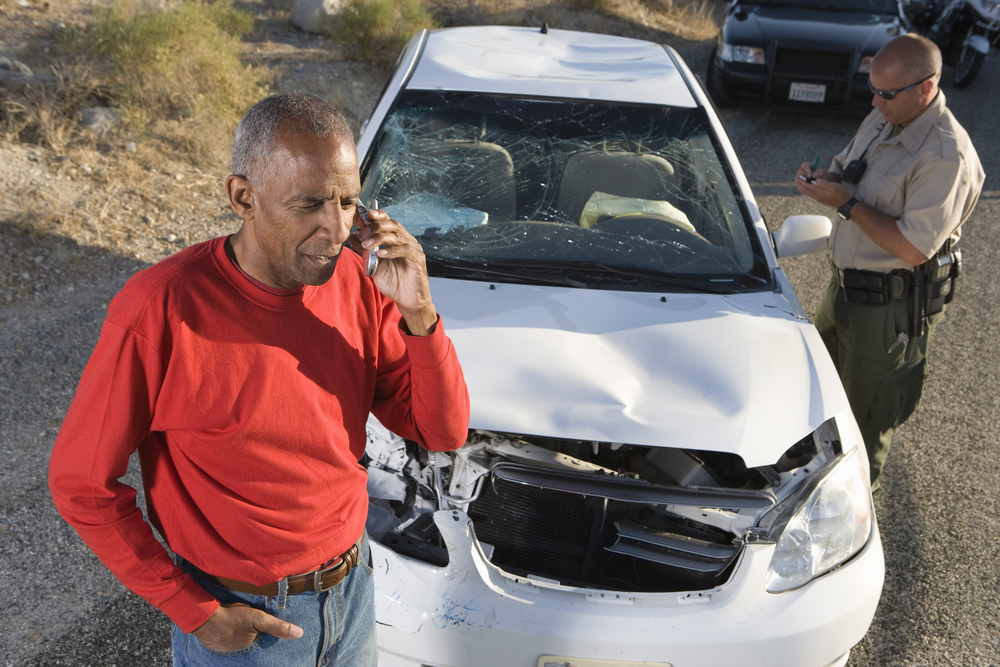
Personal Injury Lawyers
If you have a teen who is either a new driver or who is learning to drive, it is important to set a good example, strong boundaries, and rules that will help them to stay safe during their first years on the road. Drivers within this age group are at a more significant risk of being involved in a fatal or catastrophic accident than drivers of any other age are. You don’t want to be in a position to look back and think “If only I had worked harder to ensure that they were a safer driver.”
Thankfully, if you teach your child to be a defensive driver, they will be well prepared when – because it isn’t a matter of if but when – they encounter road hazards. This isn’t to say that teaching defensive driving techniques is all you’ll need to do to keep your teen reasonably safe behind the wheel. Setting strict limits concerning electronic engagement, limiting the number of peer passengers in the car at any given time, etc. can also literally mean the difference between life and death. However, defensive driving lessons are a great place to start.
If you are involved in a car accident, consulting with a car accident lawyer can help protect your rights and ensure you receive proper compensation.
A car accident lawyer has the expertise to navigate the complexities of your case and provide you with the legal support you need.
What Is Defensive Driving?
In a nutshell, defensive driving is a proactive safety practice. Essentially, a motorist operates their vehicle in anticipation of potentially hazardous circumstances. This practice also takes into account that anticipation is not enough, as “x-factors” may come into play in an instant.
For example, you may teach your teen that when driving at night, they shouldn’t just be paying attention to the behavior of the car immediately in front of them. They should keep a close eye on the brake lights of the vehicles that are two, three, four, etc. ahead of them. Why? As you likely know, it’s important to be prepared for sudden braking from the vehicle immediately in front of your car. But many hazardous situations can be avoided if a driver pays attention to the “warning” braking of cars well ahead of them.
To take this notion of defensive driving one step farther, when teaching your child this brake light observation technique, ask them what they’d do if the cars ahead of them were all braking with urgency and suddenly, the car in the lane next to them swerves to avoid something in the road. Teens need to be taught to not only anticipate danger but how to react to secondary hazards when something is already heightening their risk for a crash.
As an experienced car accident lawyer – including those who practice at Davis & Johnson Law Office – can confirm, it is rare that only a single factor causes an injurious accident. Far more often, multiple influences converge at just the right moment to cause a crash. By teaching your particularly vulnerable teen driver to anticipate primary and secondary hazards, you’ll empower them to stay far safer on the road than they otherwise would. It also bears repeating that even if they resist your efforts, you need to set strong limits in re: distractions to keep them reasonably safe as well.

